Sunburn Soothers: Herbal Remedies for Summer’s Ailments
Once your skin is burned and there’s no turning back (or when your skin has been overexposed to hot, drying sun and wind or chlorinated swimming pools), use the same herbs, essential oils and vitamins (this link actually gives new customers a $10 credit!) recommended to treat any injured skin.
Herbal Remedies for Sunburn
My first choices are lavender, aloe vera and calendula to repair damaged skin cells. The essential oil of geranium has skin-rejuvenating properties that encourage healing. Expensive, but exquisite in scent and skin-healing properties, are rose flowers. These all are suitable for either dry or oily skin.Long used in Europe, pansy is gaining popularity in U.S. skin products to treat inflammation and burns.
One sunburn remedy tip that’s quick and easy to carry when traveling is green tea bags. Soak them in cold water and pat them on the burned area. These make a handy remedy for burned eyelids because they won’t irritate your eyes.
Carrot seed essential oil is especially beneficial to sun-damaged skin and to eliminate precancerous skin spots. The antioxidant beta-carotene that it contains helps protect against skin cancer due to sun exposure.
Herbs to Heal Sun Damage
Many herbal sun-care remedies exist, but not all of them have been scientifically tested. Preliminary studies indicate that these remedies may speed healing, repair mild sun damage, and perhaps even operate as sunscreens.
- Aloe (Aloe vera): Aloe, a common ingredient in sun-care products, does help protect and soothe the skin from the inflammation that accompanies a sunburn, but it isn’t a sunscreen. Apply aloe gel after showering, then reapply it a few more times each day until sunburn pain subsides.
- Tea (Camellia sinensis): Some researchers say the tannic acid and theobromine in tea help cool sunburn, and compounds called catechins help prevent and repair skin damage caused by ultraviolet rays. Both green and black tea are also antioxidants, which means that they fight free radicals produced in the skin by exposure to UV radiation.
- Calendula: Research shows that calendula closes wounds, reduces inflammation, and stimulates the growth of new skin cells. Many health-food stores sell skin creams and sunscreens containing calendula.
- Cucumber (Cucumis sativus): This salad-topper also soothes burns; place slices directly on your skin. Cucumber contains at least two compounds that are antiedemic, or that reduce swelling—ascorbic acid (vitamin C) and caffeic acid. These compounds also make cucumbers good for reducing eye swelling (lie down, place a thick slice on each eye, and rest for a while).
- Echinacea (Echinacea spp.): Several compounds in the coneflower—including caffeic acid, chlorogenic acid, and cichoric acid—have been shown in studies to diminish the destruction of collagen, the protein that keeps skin elastic. Many commercial lotions and ointments contain echinacea, but you can also apply echinacea tea directly to your skin.
- Plantain (Plantago spp.): Plantain contains allantoin, a proven healer of skin cells. You could mash up the plant’s leaves and apply them to your skin, but for an easier way to benefit from this plant, use the bath soak.
- St.-John’s-wort (Hypericum perforatum): Some herbalists recommend an infused St.-John’s-wort oil to treat mild burns that are well on their way to healing, including those caused by radiation treatments, to keep the skin supple.
- Witch hazel (Hamamelis virginiana): Witch hazel is easy to find, inexpensive, and simple to use—just soak a cotton ball with the liquid and swab your skin.
Recipes for Summer Herbal Skincare
Natural Sunscreen
Most sunscreens contain toxic ingredients or endocrine disrupting chemicals that in many cases may actually promote skin cancer growth and free radical production in the body. In fact, in the years since sunscreen use began, skin cancer rates have actually risen, and a 2007 document from the FDA stated that: “The FDA is not aware of data demonstrating that sunscreen use alone helps prevent skin cancer”. In fact, many reports show that most sunscreens actually raise skin cancer risk.
Even natural commercially available sunscreens often have toxic ingredients! [Check out your brand at
Homemade Sunscreen (without the chemicals)
Ingredients
- 3 tbsp. grated beeswax
- 3 tbsp shea butter
- 4 tbsp coconut oil
- 3 tbsp. aloe vera gel
- 3 tbsp. herbal tea (lavender or calendula is best)
- 1/2 tsp. borax powder
Instructions
- Take beeswax, shea butter, and coconut oil and melt it in a double boiler. (Do not boil). Now warm the aloe vera gel, tea and borax powder in a separate pan until the powder is mixed well with the other 2 ingredients. Mix it with the melted oil and butter. Whisk properly until you get a creamy texture. Store it in an airtight jar and keep it refrigerated.
You can refrigerate it for up to a month if you have not used any preservative but if you use 5-6 drops of grapefruit seed extract (natural preservative), it will last more than a year. You can take it out of the fridge 10-15 minutes before applying.
Or, you can do what I prefer to do, and slather yourself with high quality (food grade, unrefined) coconut oil! This does NOT shield your skin from the sun, rather it helps boost your body’s natural resistance to sun damage. If you are going to use this method, please keep in mind that the oil must be completely rubbed in – matte appearance, not shiny! If the oil is still shiny on your skin, it will exacerbate the sun’s effects.
Cucumber Aloe Body Mask
This is one of my favorite ways to soothe a sunburn – it’s quick, easy, and even smells nice!
Ingredients
- 2 cups chopped, peeled cucumber (those big lunky ones from the garden are perfect!)
- ¼ cup aloe vera gel
- 2 T whole milk yogurt
Instructions
- Combine everything in a food processor, and blend until smooth. Store in the refrigerator, up to a week. Smooth over burned skin, and let sit til warm. Rinse, pat dry.
Easy Sunburn Soothers
If you do get sunburned, you can turn to several simple home remedies to soothe the discomfort. To help your skin heal faster, keep your body well hydrated by drinking plenty of water and water-based iced herbal teas. Also remember that overexposure to the sun will dry out your skin.
After treating your burn with the recipes below, hydrate your skin with a generous application of shea butter or coconut oil.
Choose one of the following sunburn soothers:
• Plain yogurt or sour cream
• Buttermilk
• Tomato juice
• Witch hazel
• Aloe vera gel
• Chamomile tea
• Apple cider vinegar (1 tablespoon diluted in 1 cup water)
1. Use a clean cotton cloth or spray bottle to apply any one of the above ingredients directly to your skin; or add one of these soothers to a tepid bath.
2. If you use the yogurt, sour cream or buttermilk, be sure to rinse your skin after 20 minutes, as these milk-based soothers can spoil.
Soothing Herbal Bath
Ingredients
- ¼ cup each dried calendula, plantain, peppermint and green tea
- 1 quart boiling water
- ½ cup witch hazel extract
- 1 to 2 drops lavender essential oil
- ½ cup baking soda
- ½ cup aloe gel or juice
- 2 tablespoons honey
Instructions
- Place herbs in a large pot and cover with boiling water. Steep 20 to 30 minutes, strain and discard the herbs. Set liquid aside.
- Fill bathtub with tepid water. Add herbal liquid to the bath along with the remaining ingredients. Soak for at least 20 minutes. Gently pat yourself dry. Repeat as needed.
What are some of your favorite ways to treat sunburn naturally?

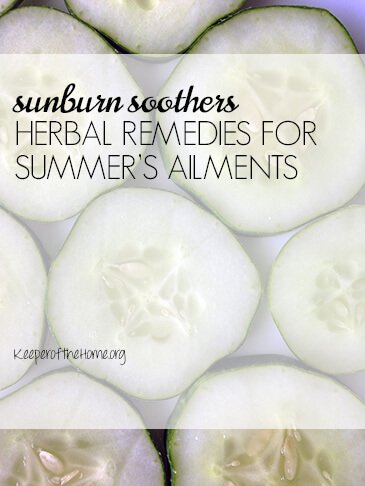
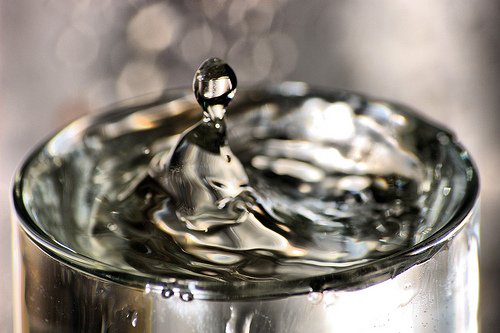
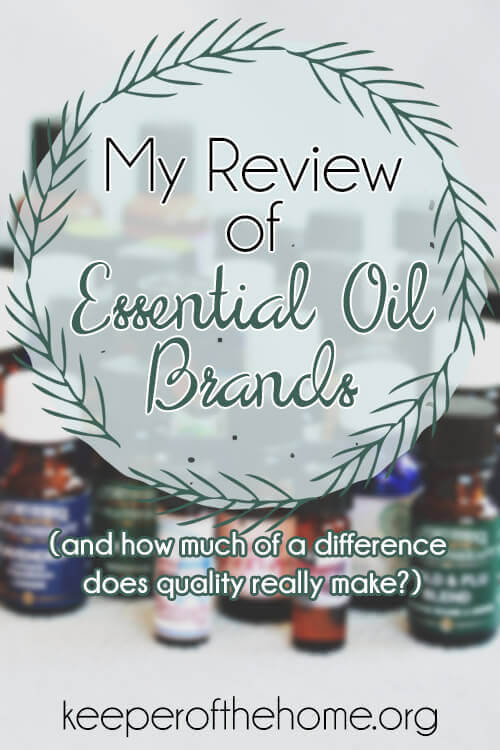

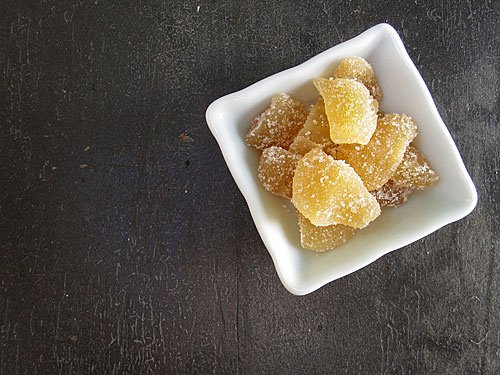
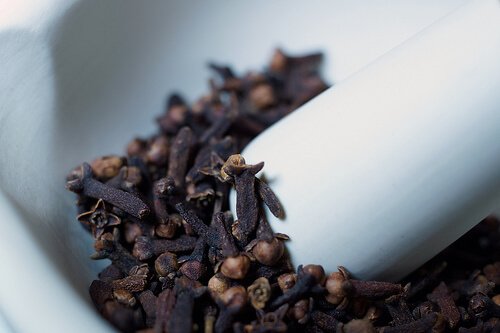

Cider vinegar is good on any burn where the skin is not broken. I also love Miracle Salve, by Beeyoutiful. It works really well on sunburn, but also on so many other things. I got a wasp sting yesterday and usually I’ll puff up like a toad, but I put some of that salve on, and three minutes later I was back to work and no issues. It works on diaper rash, razor burn, all kinds of stuff. So it’s just a nice thing to carry around with you. Of course you could make your own version of it too from the ingredient list.
What a great article which I’m going to print for future reference. Pretty basic ingredients used here as well. I think even I could make these. The herbal bath is one I’d have a difficult time finding the ingredients for but I’m sure it’s worth it. The Borax in the natural sunscreen concerns me though – can you really put that on your skin?
@Sarah @ Mum In Bloom, I was wondering the same thing about the Borax. The articles I’ve read about Borax don’t seem very conclusive one way or another in terms of safety.
@Sarah @ Mum In Bloom,
Technically, borax (sodium borate) is poorly absorbed through the skin. There is a chance that it can cause an irritation on the skin, but it would be a rare occurrence in the small quantities used in most skin care products.
It *is* toxic if ingested.
It is very commonly used in skin care products because it is considered “natural” and it’s cheap. It works as an emulsifier in the above recipe, which means it helps to chemically mix the oil and water-based ingredients together.
I believe that the above sunscreen recipe is getting its sun protection factor from the oils (shea & coconut oil). The herbal tea & aloe are for other skin soothing properties, and to create a more liquid product. You could just as easily whip some shea and coconut oil together and use them for the same effect.
And, I would use the above sunscreen recipe with care until you are comfortable with how much sun protection it truly affords. (For instance, I don’t think it would quite equal an spf of 15.)
@Mrs. Graham Gardens @ grahamgardens.com, I was also concerned about the borax. So you’re saying we can just eliminate that ingredient without the need for a substitute? What does the borax do in this recipe? Thanks so much for the information!
@Savvy Wolfson, oh sorry. I missed the part about the emulsification. So do you know of a good substitute ingredient we could use that would act as an emulsifier?
@Savvy Wolfson,
“Emulsifying wax” is available at most lotion supply/herbal stores, but it is a heavily manufactured product that is full of polysorbates and alcohols. Though the origins are vegetable fats, it is not truly to be considered a natural additive. Many people feel comfortable using it in spite of this, mainly because there are no other alternatives if you want the liquid-lotion texture and the ability to use water soluble compounds in your products.
For the above recipe, the borax, aloe and teas are not protecting from the sun, though they are lovely additives. If you are wanting to explore the natural spf that is contained in shea butter and coconut oil, just mix the two together in your mixer, keep it in a jar and spoon some out and rub it in really well before going outside. Just be careful that you don’t over-expose yourself (or your dear babies!) to the sun before you know how well it will work for you.
My recommendation is to adjust to using all oil-based ointments and creams. “Lotions” require oil + water, which means that they will use emulsifiers. And it means that there will be bacteria and mold in the product within a few days (even in the refrigerator), therefore, they must be preserved with some sort of preservative system. It just gets more and more complicated.
For a oil-based, physical sunscreen, check out the ingredients of Badger brand sunblock.
@Sarah @ Mum In Bloom, The borax made me take a second glance, too. One of the reasons we “don’t” make our own laundry soap is because I had read so much about the effects of borax. However, I don’t like the toxicity of zinc or titanium oxide – the other two standard ingredients in sunscreen. You can certainly add those instead (there are many homemade sunscreen recipes online that contain them), but I liked the small amount of borax, rather than the gloves, face mask, etc. that accompanied the oxides. It’s up to you! 🙂
What a great article. I’ve stuck a “pin” in it on Pinterest until I can print it out! Thanks for the great info!
I have to say I live in Florida and we just use coconut oil. Anarres makes a good sunblock but its pricey. On their website, it says coconut oil is naturally 15spf. We have been using it with great success ever since. We put it on before we leave the house and maybe one more time while at the beach, usually when we break for a snack. That said we are careful about what clothing we wear. We all wear rashguards and shorts, while I also wear sunglasses and a hat. Thanks for this article. I have a terrible love/hate relationship with the sun. Anything to help with the periodic burns is much appreciated!
Great ideas! I am interested to try out that sunscreen recipe. I also use apple cidar vinegar for my sunburns. I’ve written about it here.. http://wifelife2011.blogspot.com/2011/06/looking-like-lobster.html
We love to use Calendula and Plantain Extra Virgin Olive Oil extracts directly on the burns. It soothes the pain and really brings healing.
Great post, Meg!
@Mrs. Graham Gardens @ grahamgardens.com, Thanks, Mrs. Graham, for chiming in on the borax questions. I have a plantain salve that we’ve used for healing as well. Works wonders. 🙂
I haven’t had sunburn in years, thankfully. I think its been at least 20 years. My kids thankfully haven’t either. Our method for dealing with sunburn is prevention! We try to wear clothes that help with sun protection (we love those one piece swimsuits for the kids that are basically shorts and tshirts made of swim suit material, and I’ve found them online for adults.) Sunhats, shady areas, use umbrellas on the beach, and we do use natural sunscreen when we are in the sun. I’ve tried many different brands but the two I like the best is Dr. Mercola’s brand from his website and the new Green Beaver organic sunscreen. The only downside is the cost especially for the Green Beaver one. The tube sure doesn’t last long. A week vacation for all of us on the beach (4 people) and I have only 1/4 of 2 tubes left. But its worth it since it works and the ingredients are decent. I like both since Dr. Mercola’s is whitening but it goes on easier. I use the Green Beaver on the face as it is not whitening at all. Just thought I’d mention those sunscreens even though this wasn’t really the question as its hard to find good natural ones. I am also chemical sensitive (scent based) and neither of these bother me at all.
I hate to say it but golly, I just wish a sunburn was even an issue in the Pacific NorthWest this summer. We’re having to think about lack of Vit D issues instead!
@Andrea, I’m with you, Andrea. We’ve barely seen the sun and we’re halfway through July!
What a helpful post- thanks so much! We’ll have to remember the coconut oil ‘sunscreen’ option, since it’s simple and it’s something we always have on hand. Aloe is indeed wonderful for burns.
When was sunscreen first introduced? I thought it was very interesting that cancer rates have risen since this time, but when I told my husband, he pointed out that this could have been because the cultural trend moved towards considering tan skin to be beautiful in the past 50 years. Anyway, thanks for a great recipe and article! I’m pregnant this summer, causing very easy sunburns–something I am not at all used to! I was just looking for a natural sunscreen recipe yesterday (and I failed), so I find this very timely!
@Savvy Wolfson, I don’t know for sure but I asked my mom last week and she said that she didn’t really hear much about it until the early 1980’s and did not use it before then. I remember SPF 5 and SPF 8 sunscreen from the 80’s and 90’s!!!!
I did a quick search and saw dates from the 1930s for it being invented. Apparently the Coppertone brand took off in the early 50s. I know for sure that both my parents NEVER used it at all until the early 1980s and my mom said she doesn’t recall hearing about it before then.
Gotta be aloe vera. Hands down, nothing better, IMHO. 😉
I had read an article by Dr. West that when making sunscreen , you should crush up some whole vitamin C tablets into it. I haven’t tried it yet, but am considering it!
This was a wonderful article! Thank you!
@Michelle, That sounds like a great idea for preserving the sunscreen… I always have grapefruit seed extract on hand, so that’s what I use, but Vitamin C is a great replacement for that.
The best cure for sunburns is to know that staying too long in sun will burn you 🙂
The BEST thing and all natural thing to use for a sunburn or any kind of burn is……….NO LIE ………>>>>>>> EMU OIL I will not be without it. I got a bad burn that left a huge blister and it healed and you couldn’t even tell where I got burned after it healed. I cannot say enough about this stuff! NOt only that it takes that pain burn away with a minute of putting it on.
Borax is safe to use. The only time it isnt safe is if u consume high amounts of it. But salt baking soda and water can cause same reaction consumed in high amounts. Anything can be toxic if we consume high amounts
I work as a fashion photographer and it is not uncommon for me or a co-worker to get burned – lights, props – anything! When these accidents happen, without hesitation, i apply Made From the Earth “Pure Aloe Vera Treatment”. I keep this product on hand at all times. I went to the beach with my children and experienced the worse sun burn i have ever experienced. I fell asleep in the sun. I remembered this product was for burns and i prayed it would work… MAGIC is the best word for this product. It was soothing, fast acting, cooling, long lasting, non-greasy, non sticky.
I went from being in tears to wearing clothes and leaving the house in 2 days.